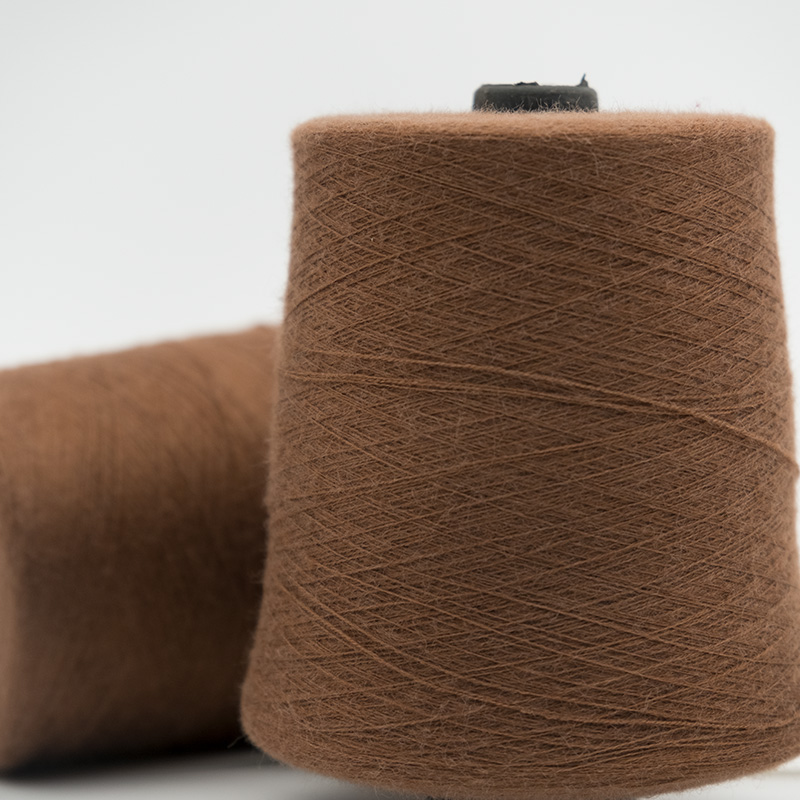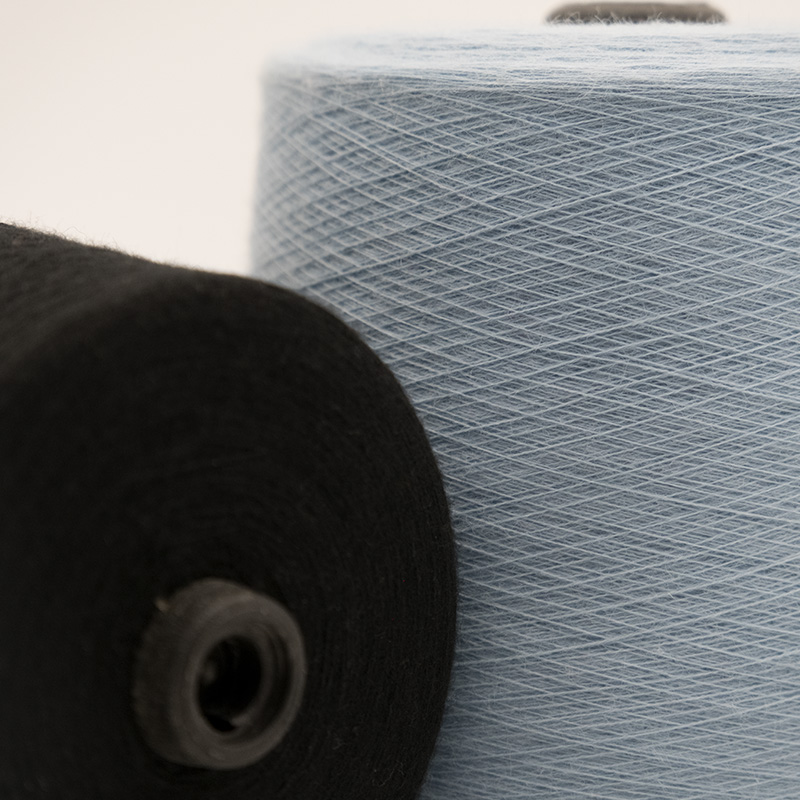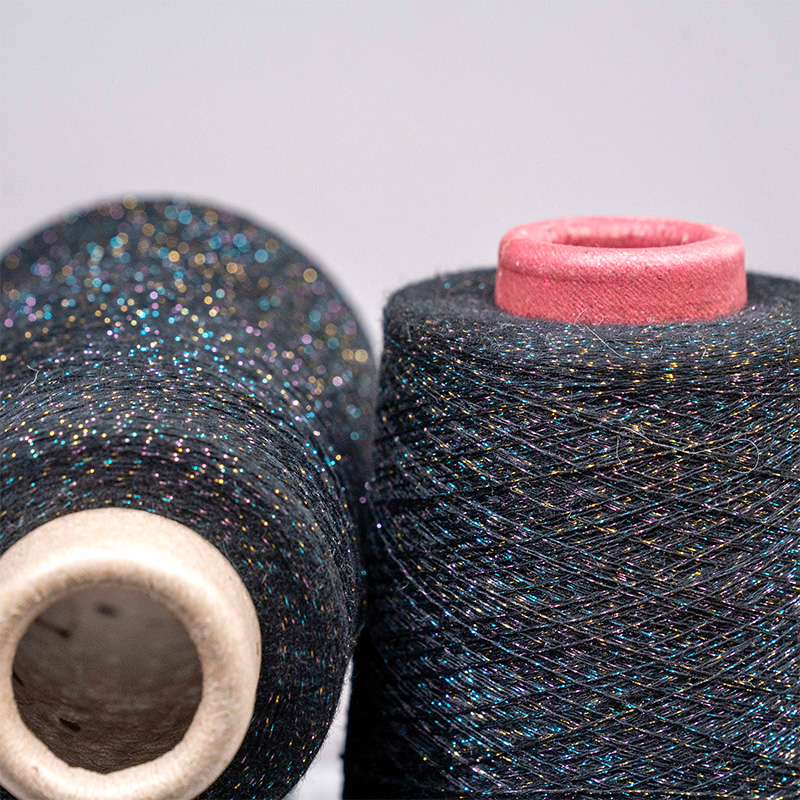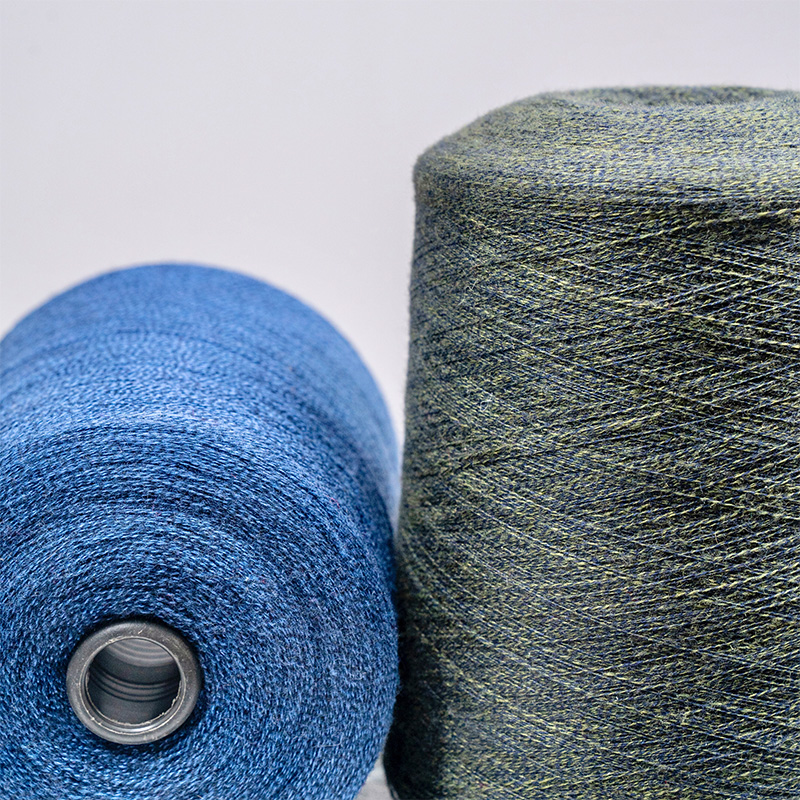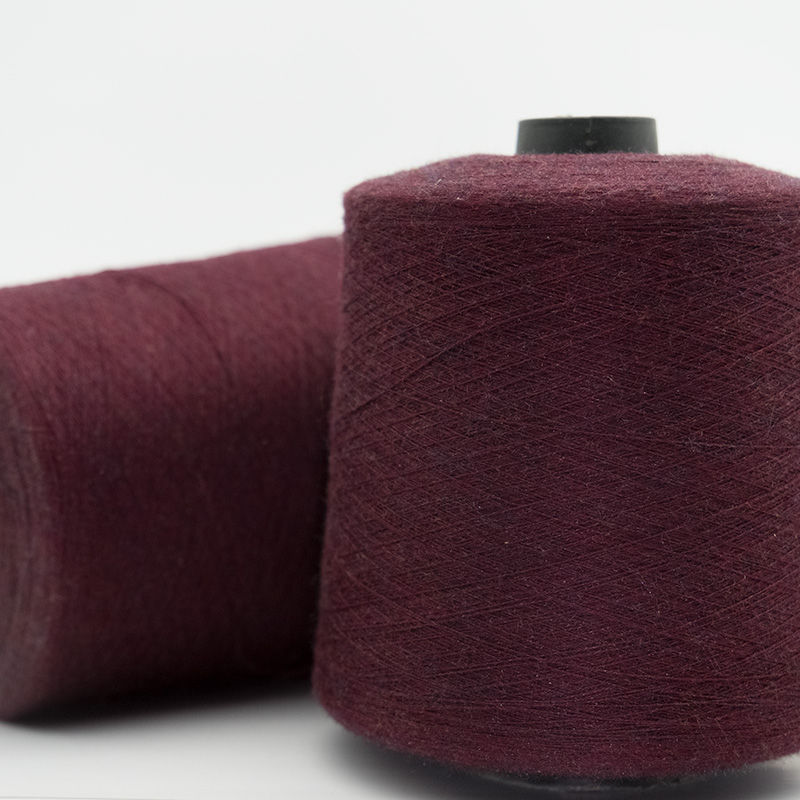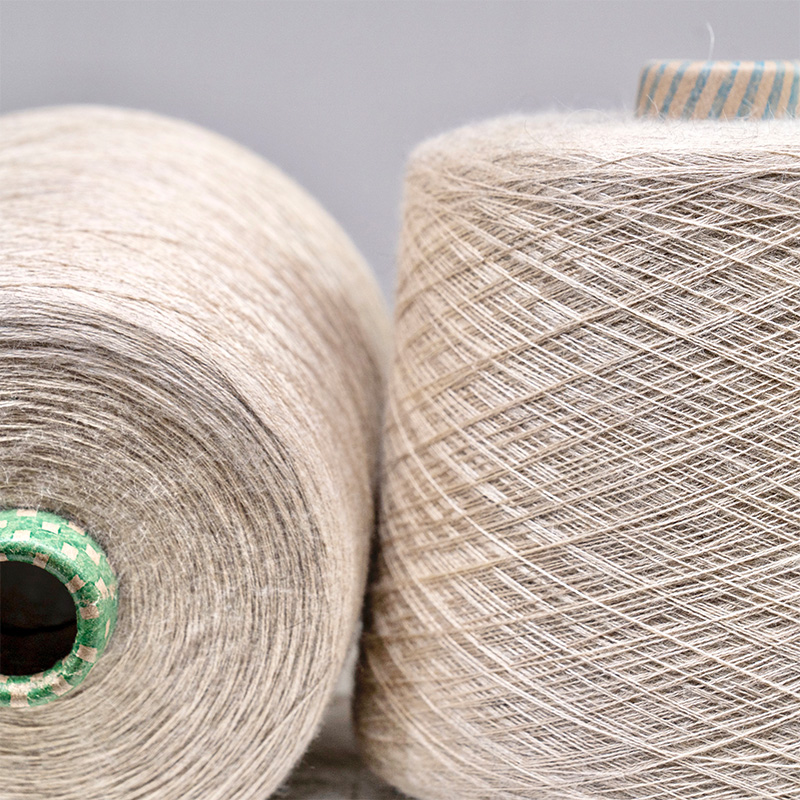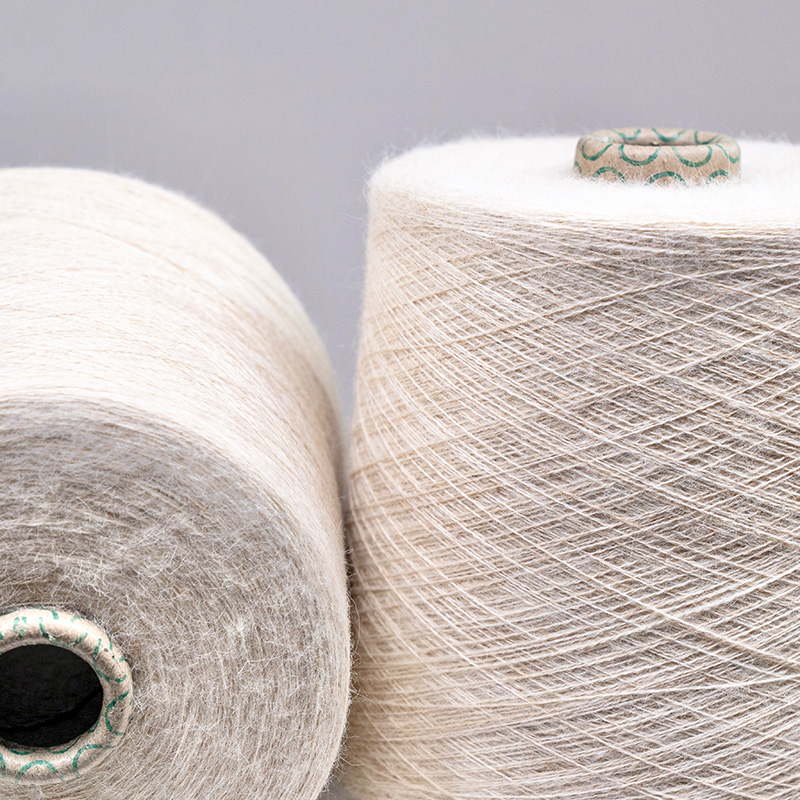How the Mechanics of Vortex Spinning Shape the Structure and Quality of Vortex Spun Yarn
2025-07-24
Vortex spinning has steadily earned recognition not just for its efficiency but for how it reshapes the internal structure of yarn. Unlike conventional ring or air-jet spinning, the vortex method applies an open-end approach with high-speed airflow that wraps fibers around a stationary core. This seemingly small variation creates a distinctive yarn architecture that impacts everything from softness to durability. Manufacturers and buyers who understand this mechanical nuance can better match the yarn to high-performance fabric requirements.
At the heart of vortex spinning lies the unique way fibers are twisted. Instead of relying on a spindle to impart twist, vortex spinning uses a powerful airflow within a nozzle chamber to create a wrapping effect. The fibers at the yarn’s surface are caught by this airflow and spiral around a straighter inner core. This separation of core and wrapper fibers results in a yarn that is structurally more stable than open-end yarn and less hairy than ring-spun alternatives. That’s why vortex spun yarn consistently performs well in high-speed weaving and knitting operations, particularly where reduced yarn breaks are crucial.
The yarn’s clean surface, which comes from the reduced number of protruding fibers, is a key outcome of this wrapping method. This smoother texture not only gives vortex-spun fabric a pleasant hand feel but also makes it less prone to pilling. For apparel brands seeking longevity and a polished look in end garments, this structural advantage is a practical selling point. The mechanism also minimizes snarling, helping streamline downstream processing, which can reduce total production time for fabric mills and garment factories alike.
Another essential characteristic shaped by vortex spinning mechanics is the yarn’s resistance to deformation under stress. Because of the strong alignment of inner fibers, vortex spun yarn has greater dimensional stability, especially in wet conditions. This makes it a solid choice for applications where the fabric is exposed to frequent washing or stretching, such as activewear, uniform fabrics, and casual knitwear. It’s not just about softness or appearance—performance under real use conditions is where this yarn often proves its value.
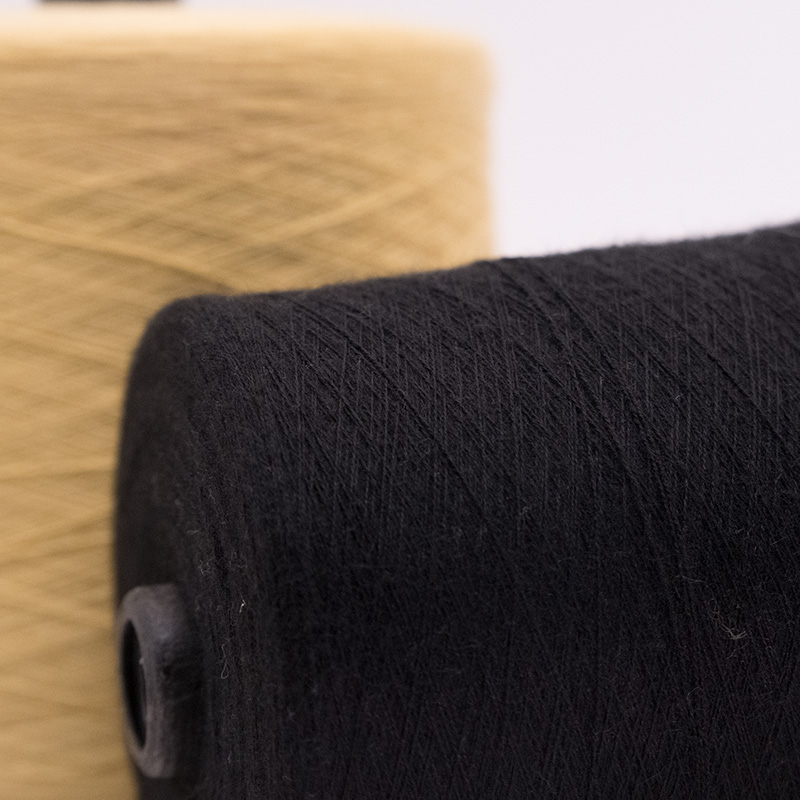
Interestingly, the vortex method tends to favor medium to long staple fibers. Short fibers may not stay securely wrapped, which can lead to strength loss or unevenness. This has led many manufacturers to use high-grade combed cotton or carefully blended synthetic fibers to fully utilize the system’s benefits. Understanding this limitation is important for producers aiming to optimize both cost and output quality. It’s a trade-off worth considering for customers demanding high-grade yarn for premium fabric construction.
The yarn’s reduced hairiness also leads to better dyeing behavior. Fewer surface fibers mean a more uniform uptake of dye, reducing the likelihood of blotchy or uneven coloration. This can be a major advantage in fashion fabrics where shade consistency across batches is critical. Not to mention, fabrics made from vortex spun yarn tend to hold finishes well, whether that’s moisture-wicking, antimicrobial, or anti-wrinkle treatments—making them more versatile in the finished garment market.
While the structure of vortex yarn is generally more rigid than that of ring-spun yarn, this can actually be a benefit in specific applications. T-shirts, blouses, and lightweight jumpers made with vortex yarn often maintain a neater drape and a crisp surface that resists puckering. For commercial buyers focused on consistency across production lots, this structural predictability reduces variation in the final product. It also makes fabric planning more efficient during design and prototyping phases.
At scale, vortex spinning's mechanical design enables high-speed production with lower maintenance demands. The lack of moving parts like spindles and travellers reduces wear and tear, which contributes to greater operational efficiency in large-volume facilities. For customers sourcing vortex spun yarn from experienced suppliers, this efficiency translates to more stable lead times and competitive pricing, without compromising quality.
From a product development standpoint, understanding how vortex spinning influences yarn structure allows designers to make better-informed material choices. If the goal is to create a clean-finish garment with excellent wash durability and minimal pilling, vortex yarn should be a serious contender. It's this intersection of yarn engineering and practical application that gives the material its growing presence across apparel and technical textile categories.
With years of experience manufacturing and supplying vortex spun yarn, we’ve seen firsthand how the structural qualities created by vortex spinning open new possibilities in fabric design. Whether you're developing next-season fashion pieces or scaling up production of consistent, high-performance basics, the mechanical advantages of vortex-spun construction provide real value at every stage.



 English
English русский
русский Español
Español 中文简体
中文简体

